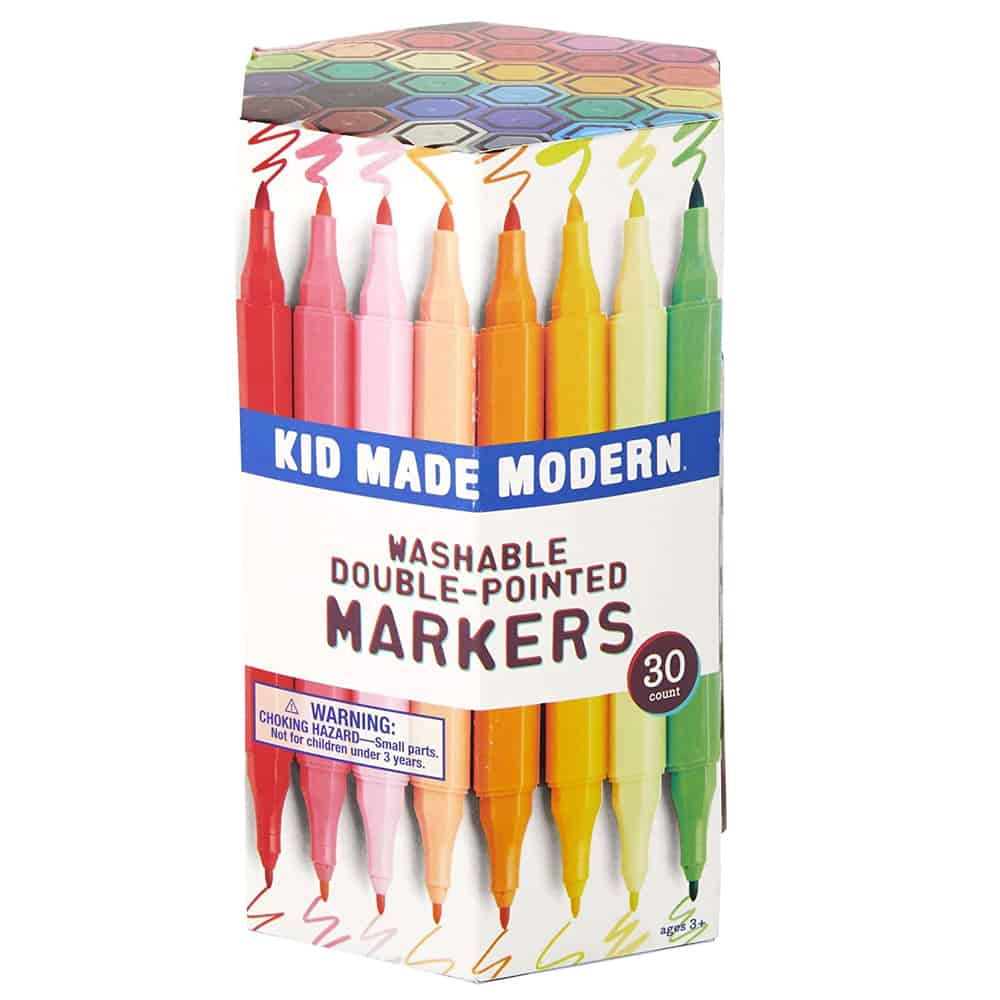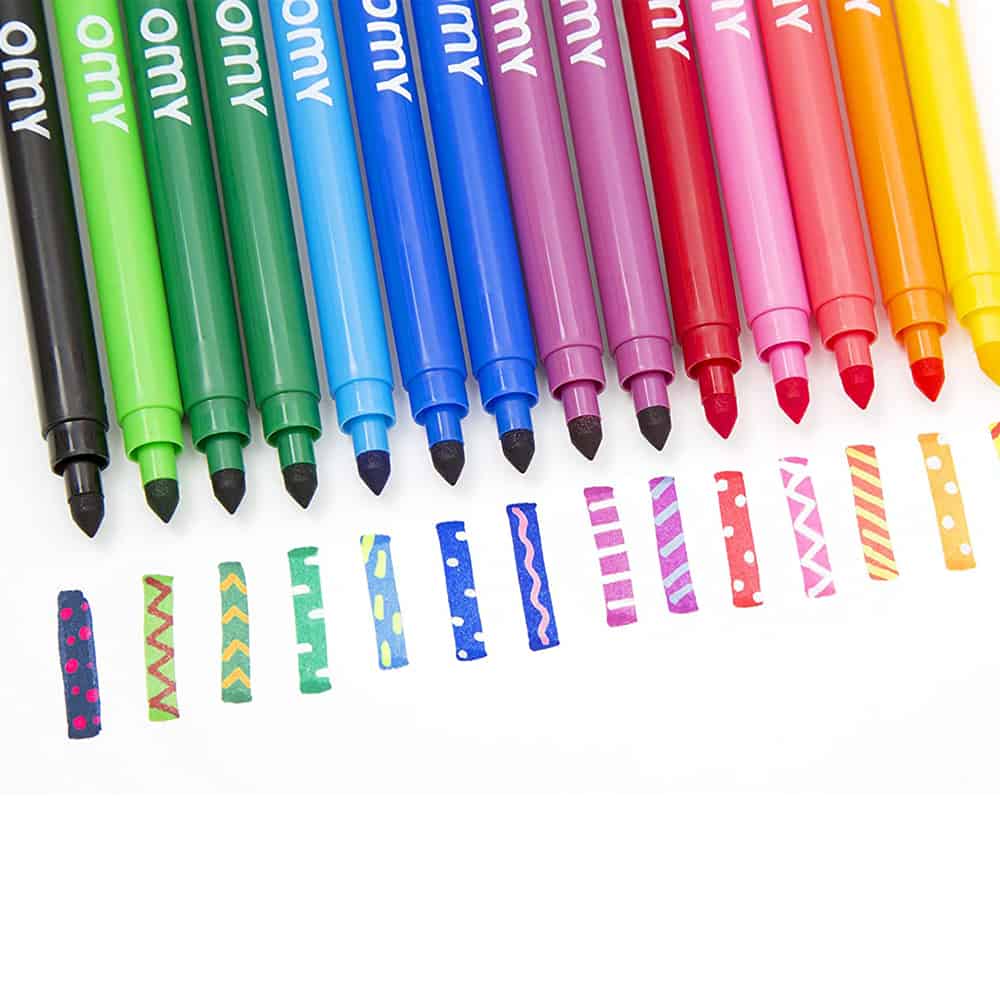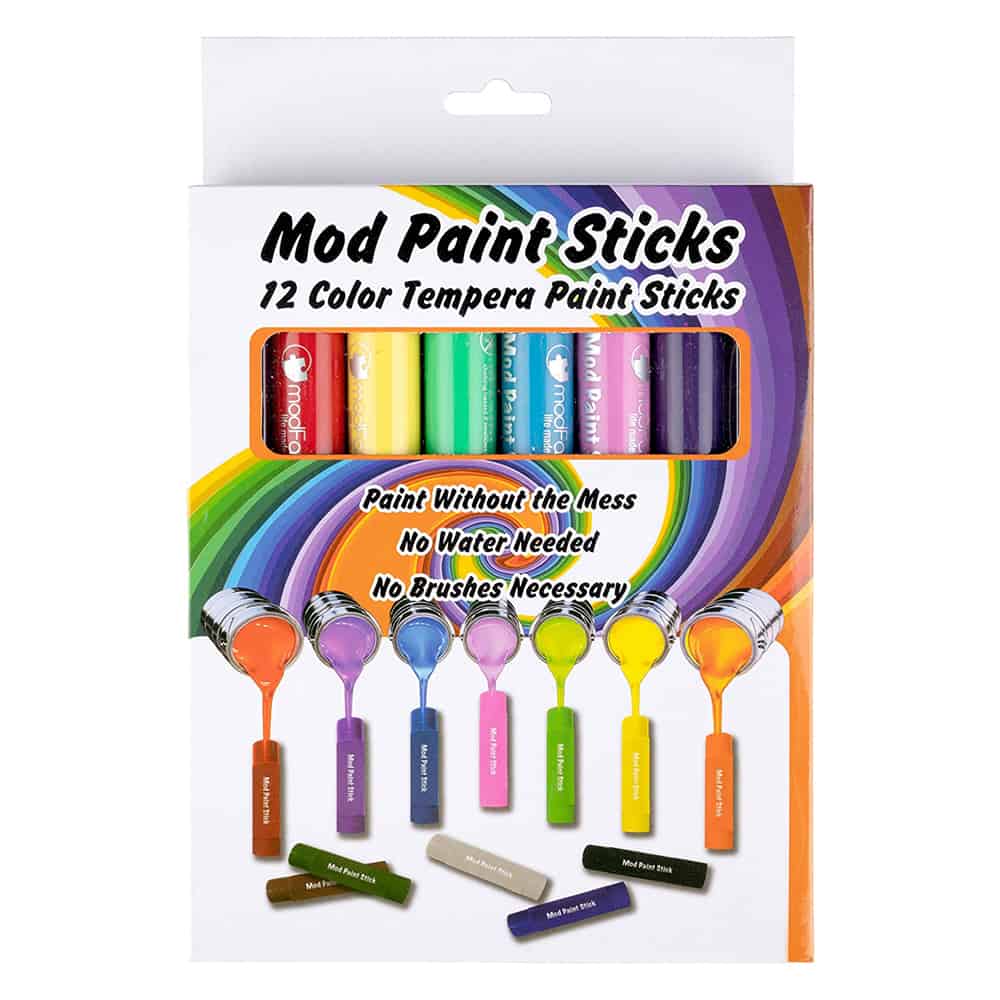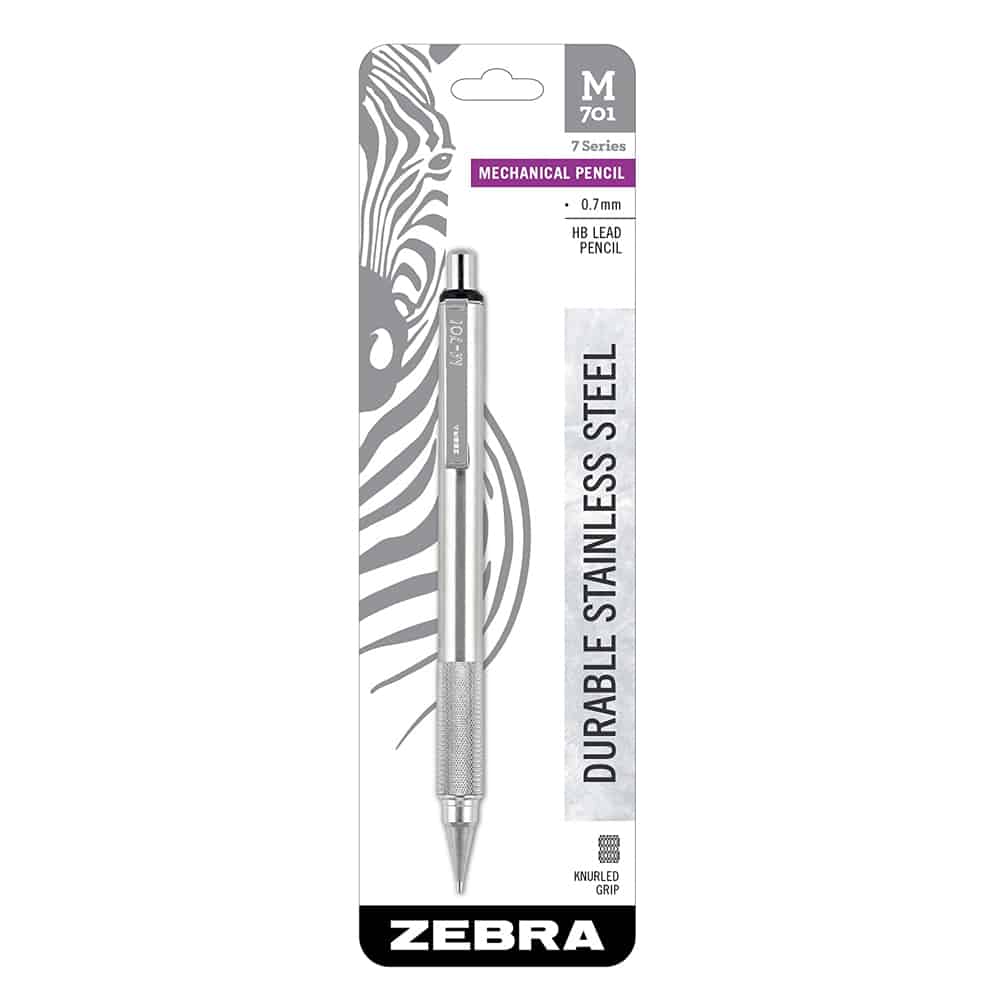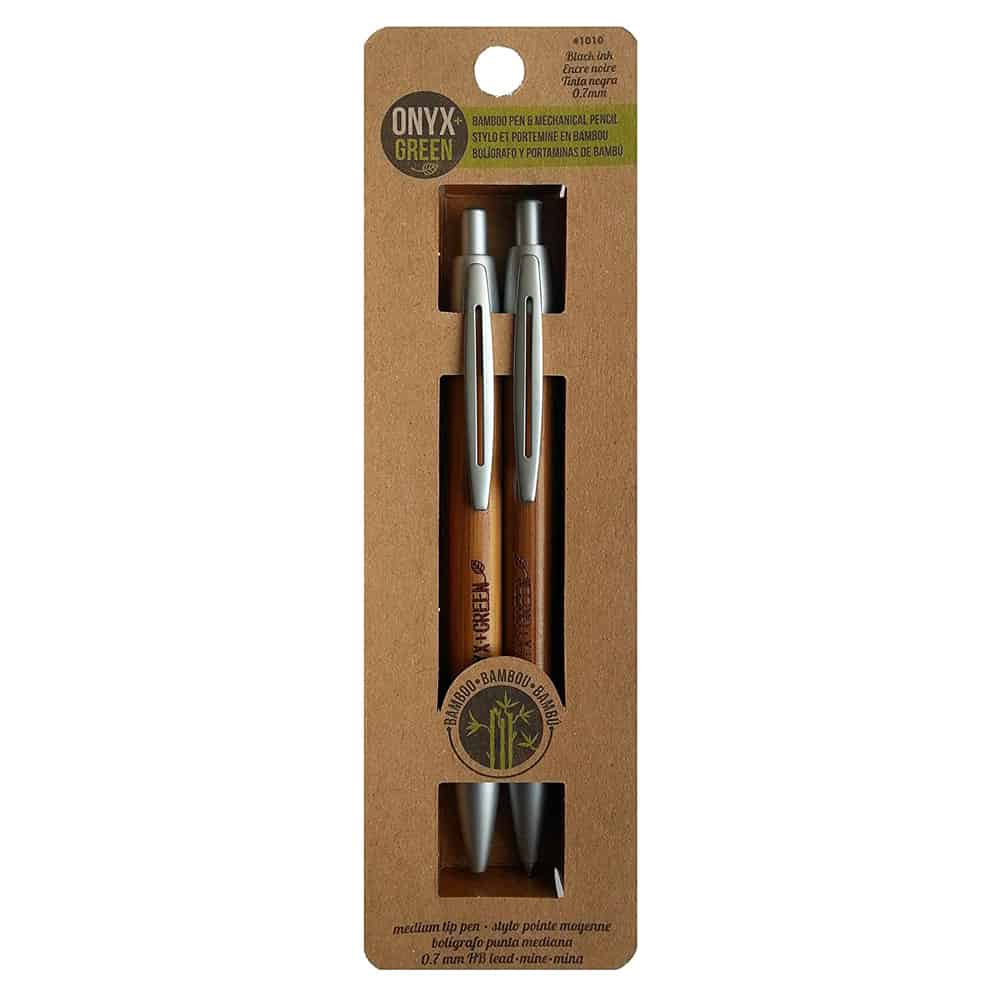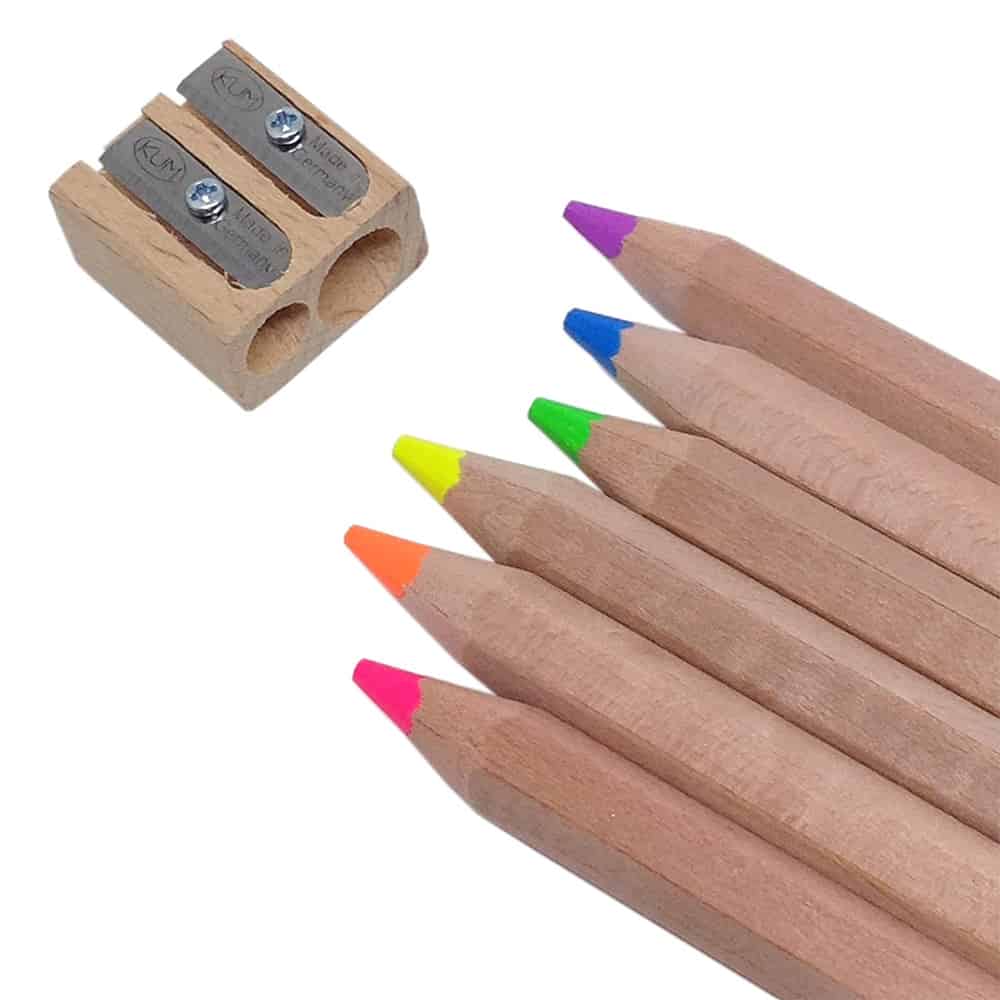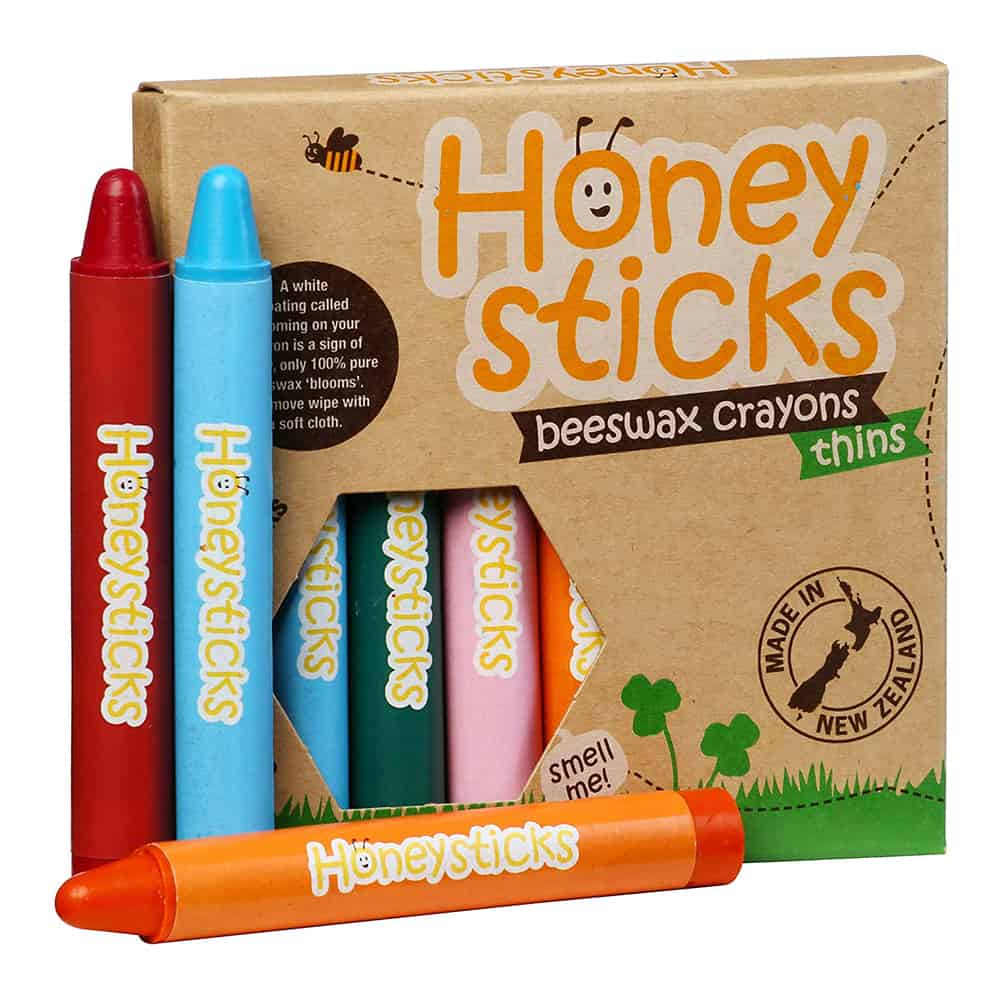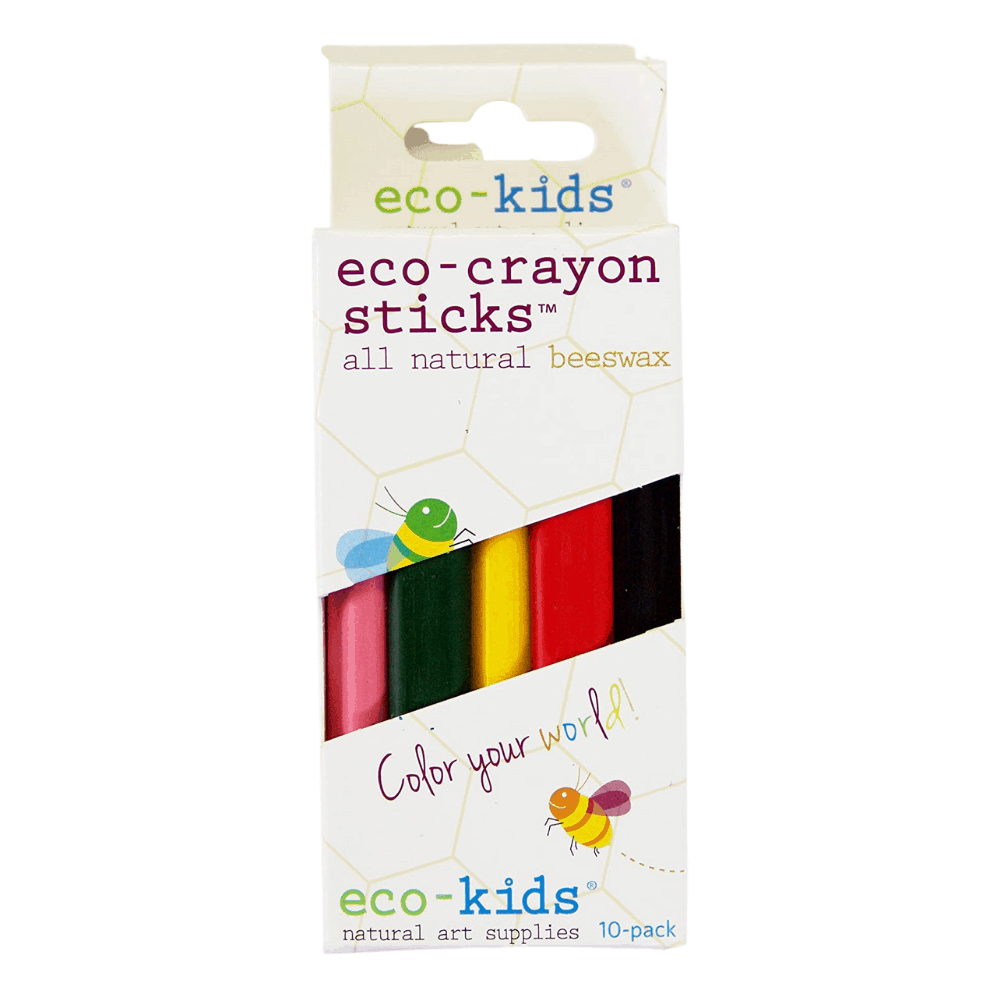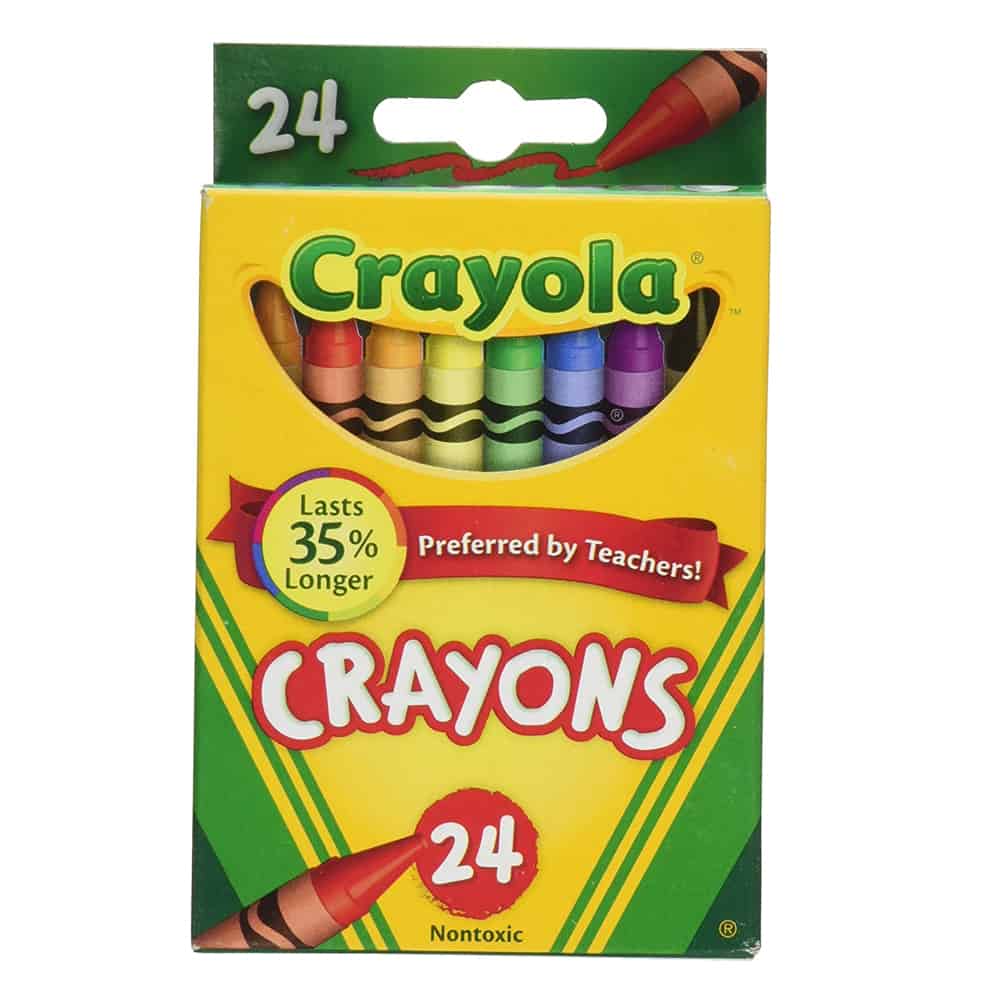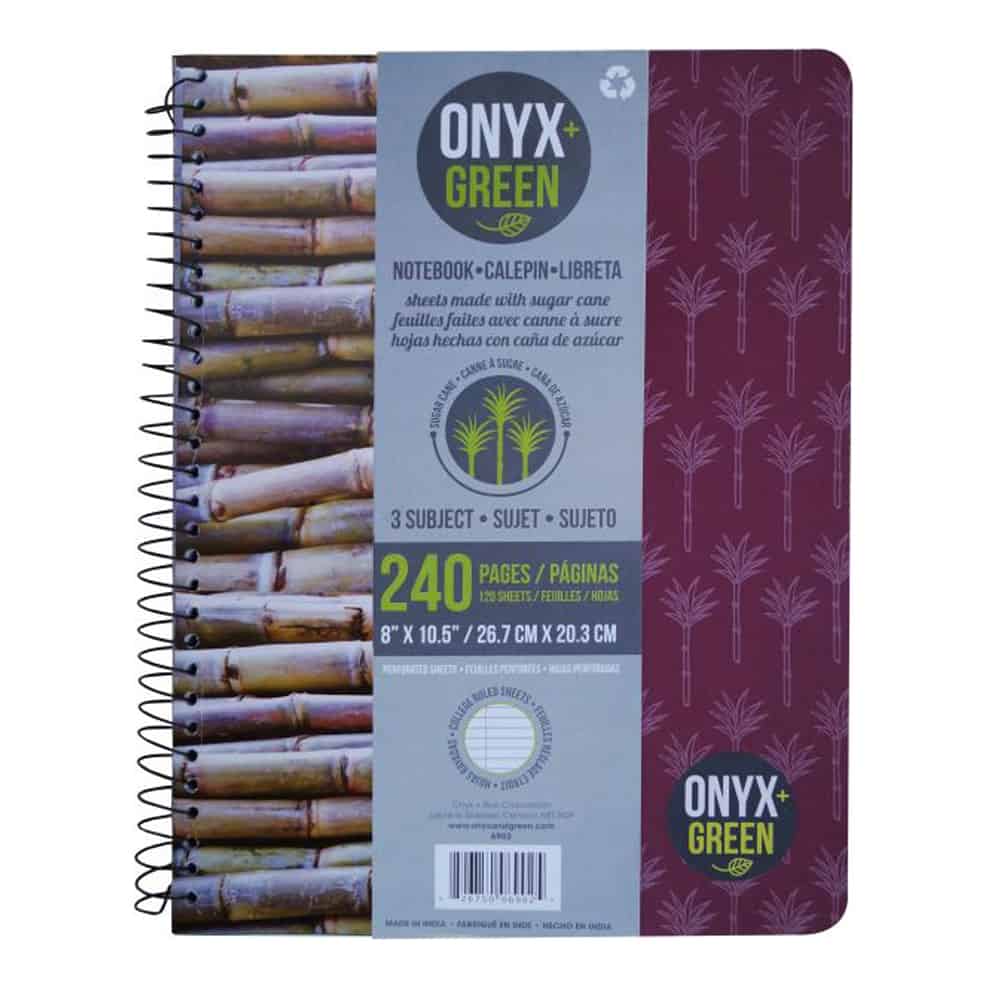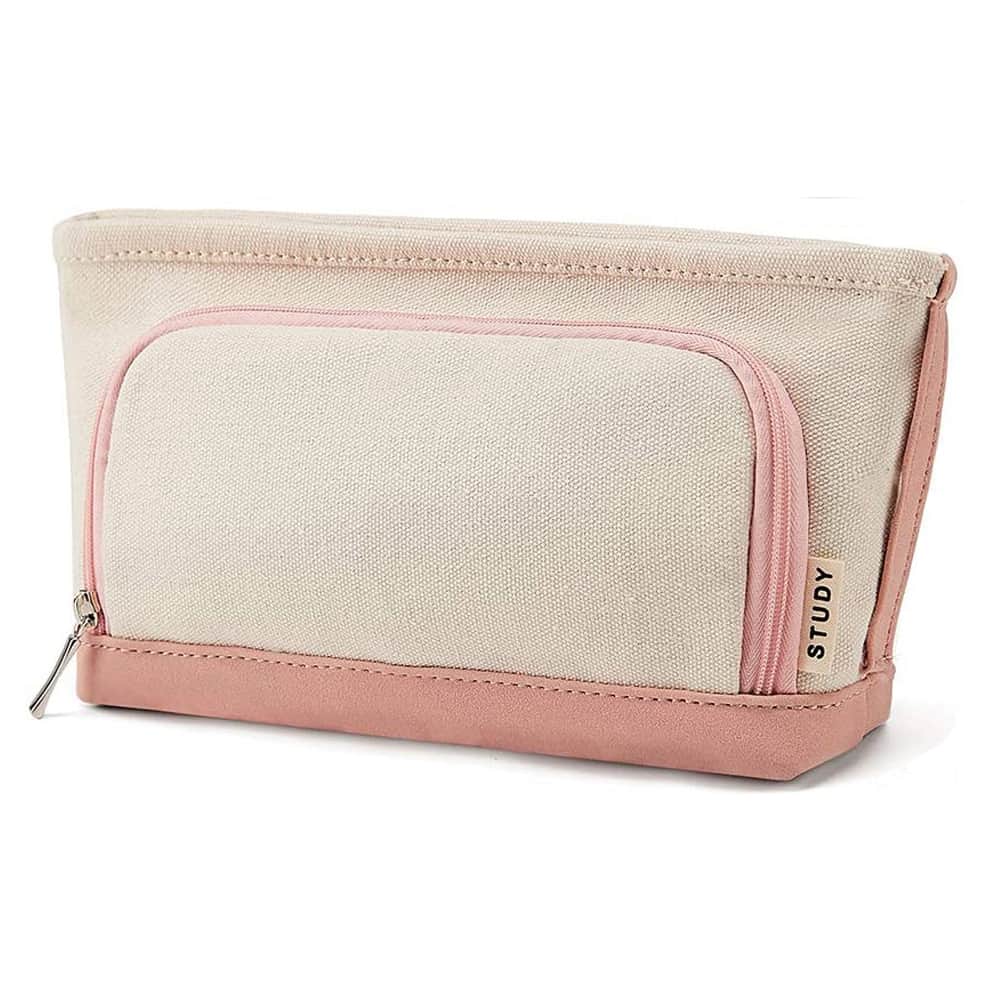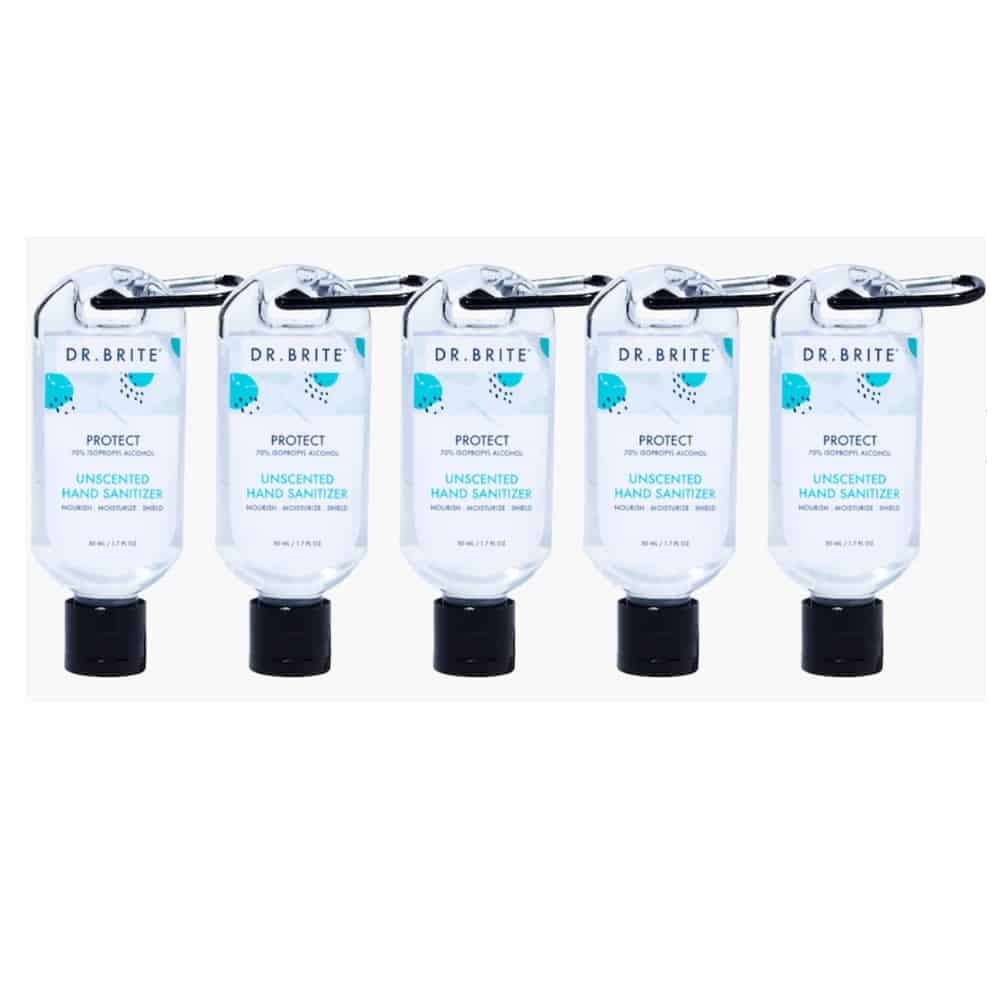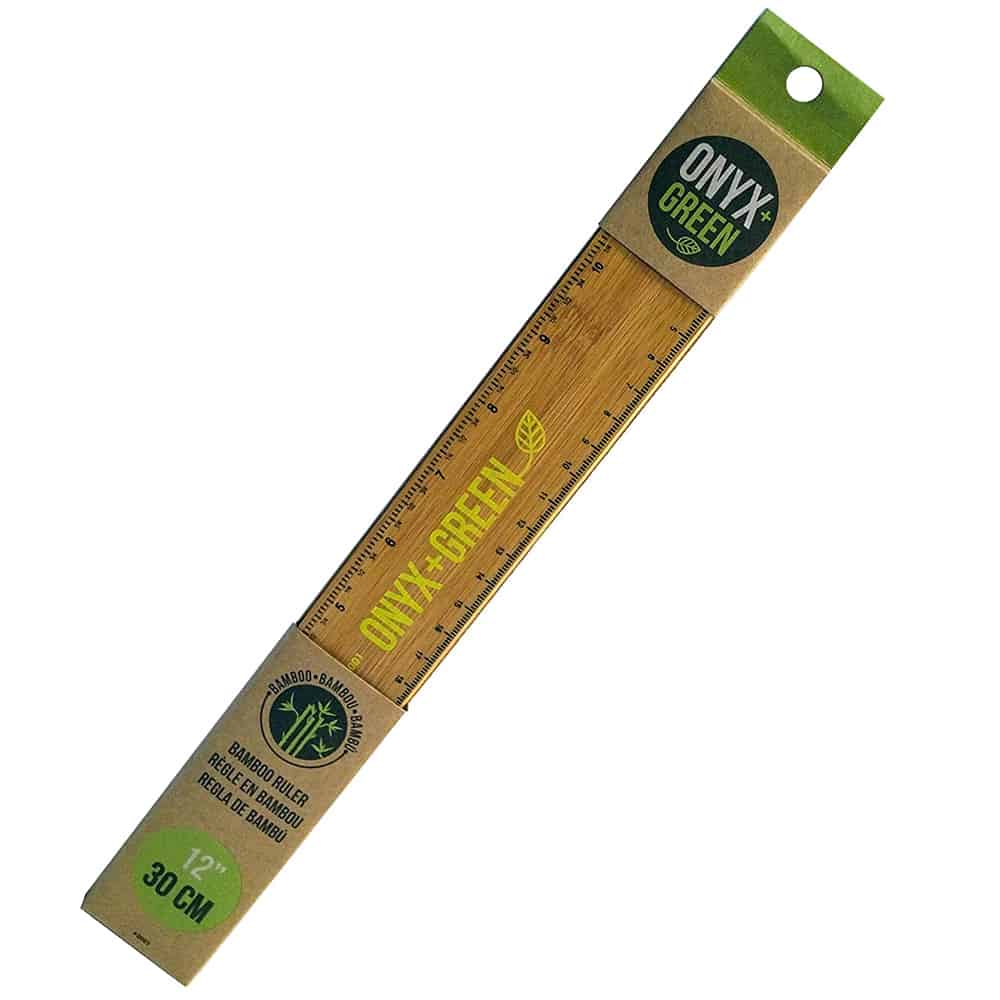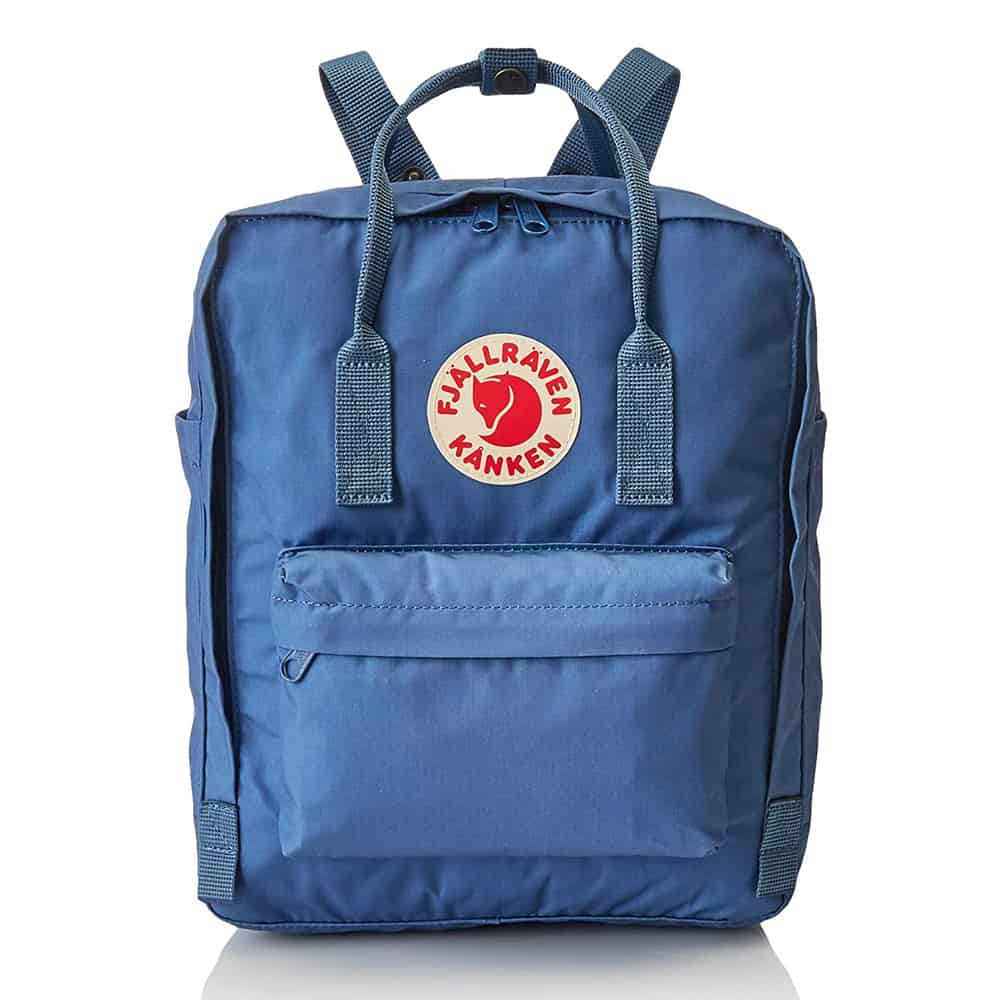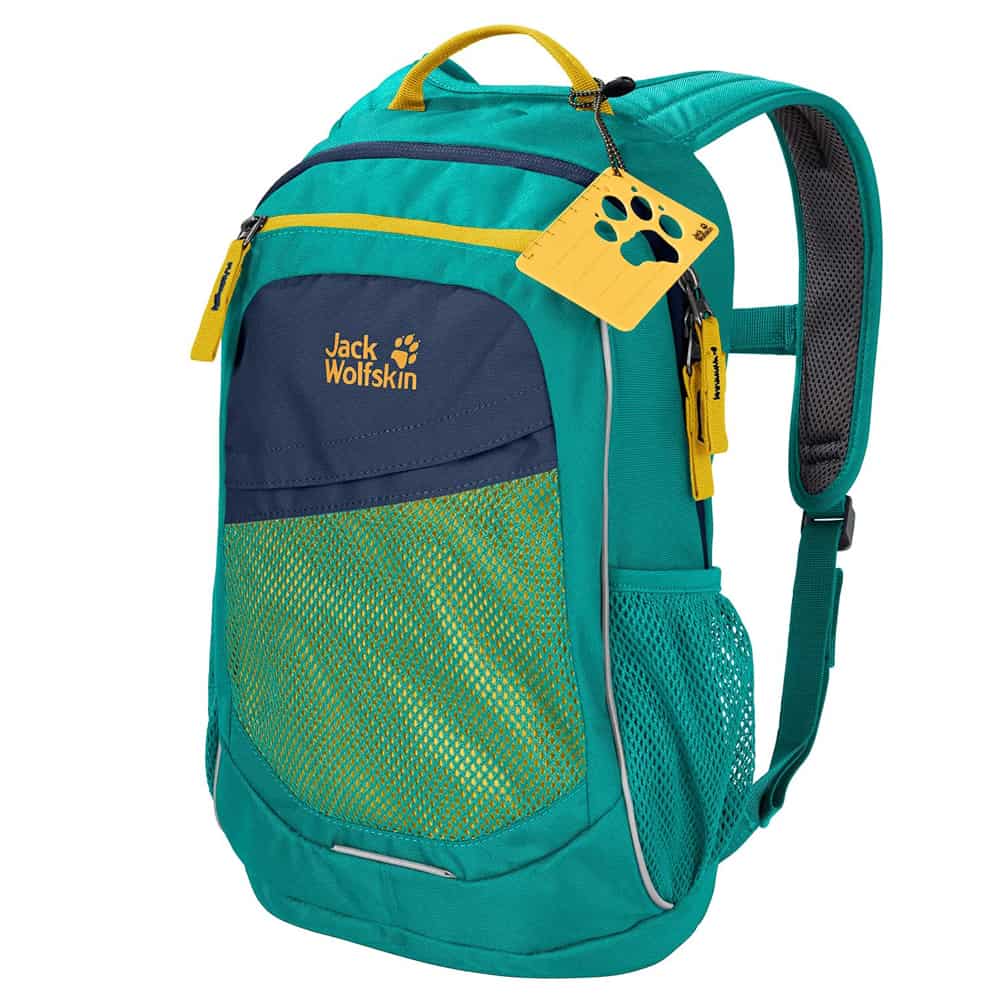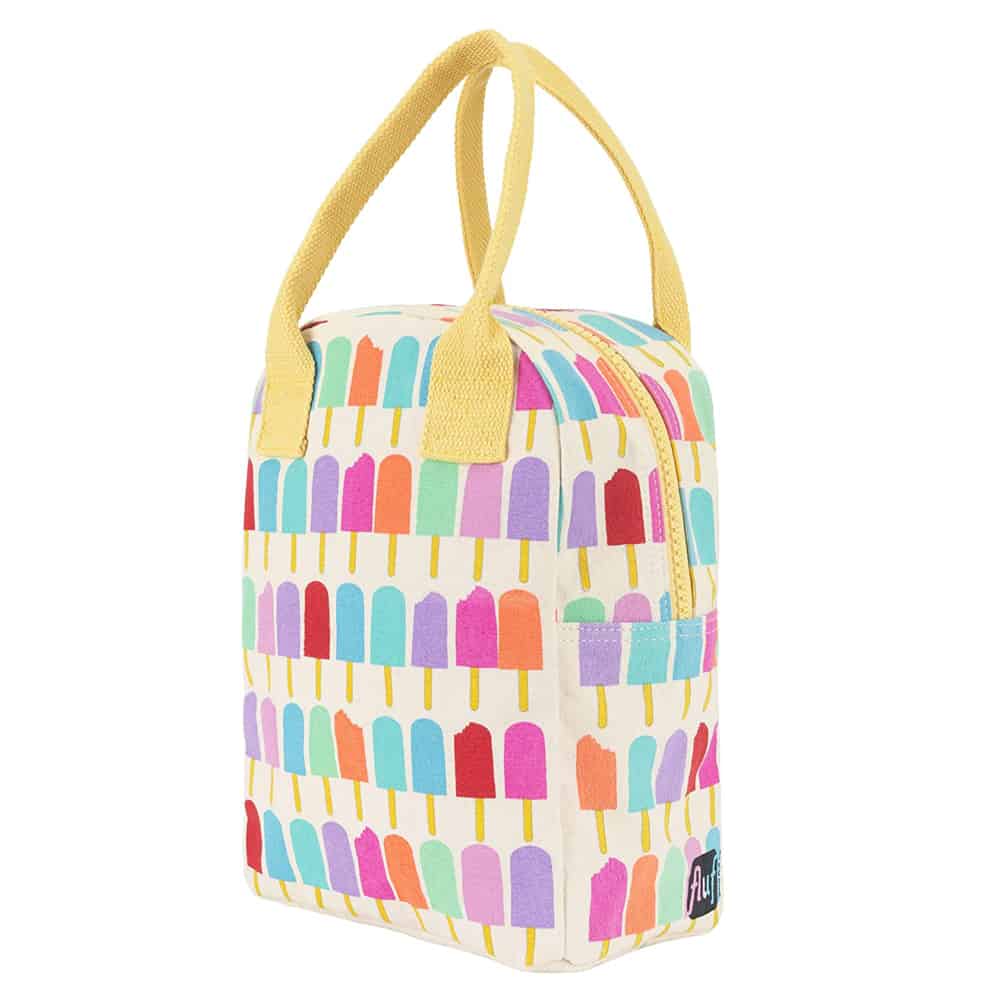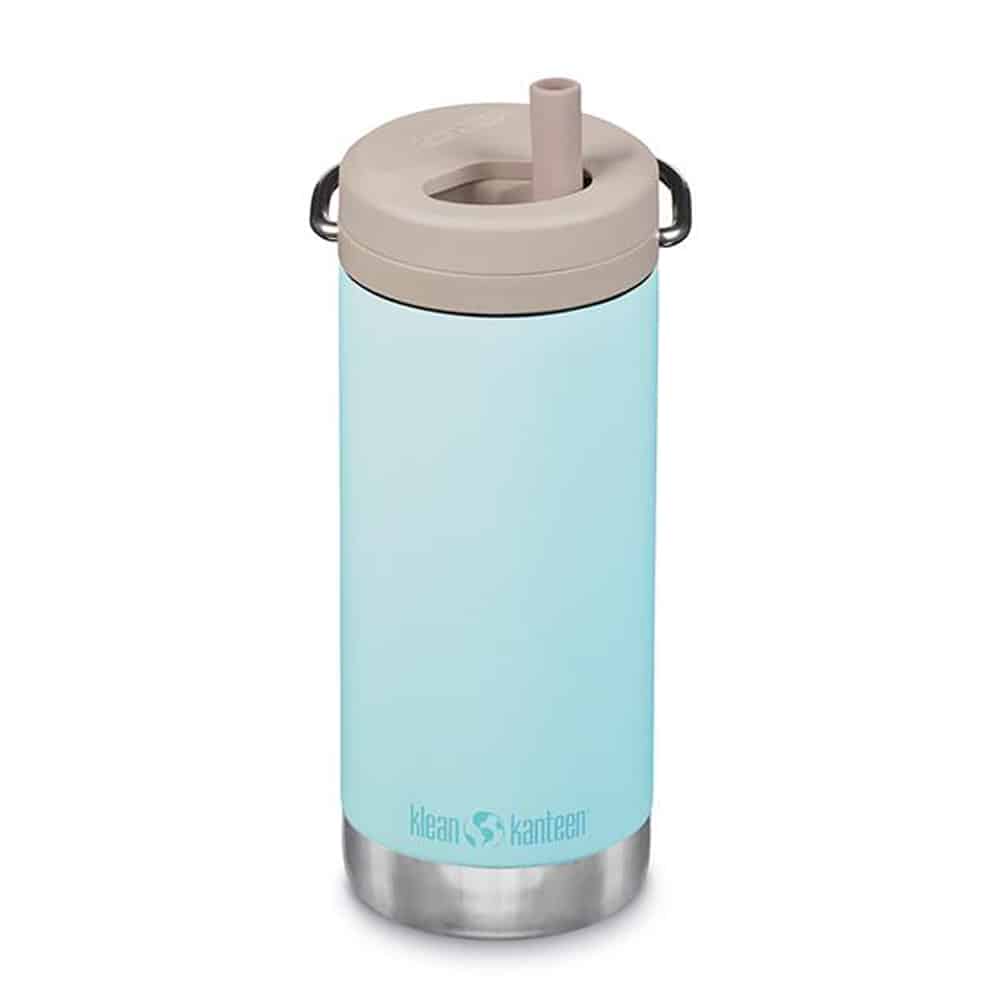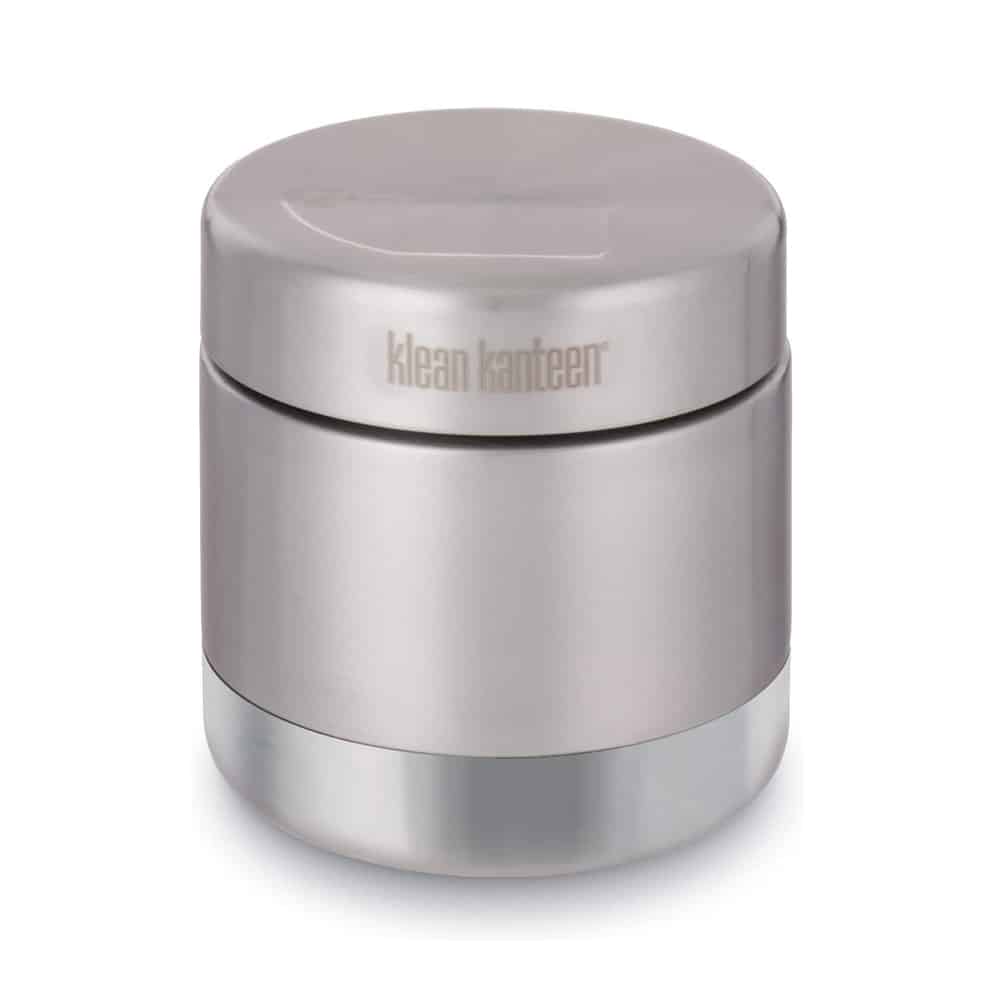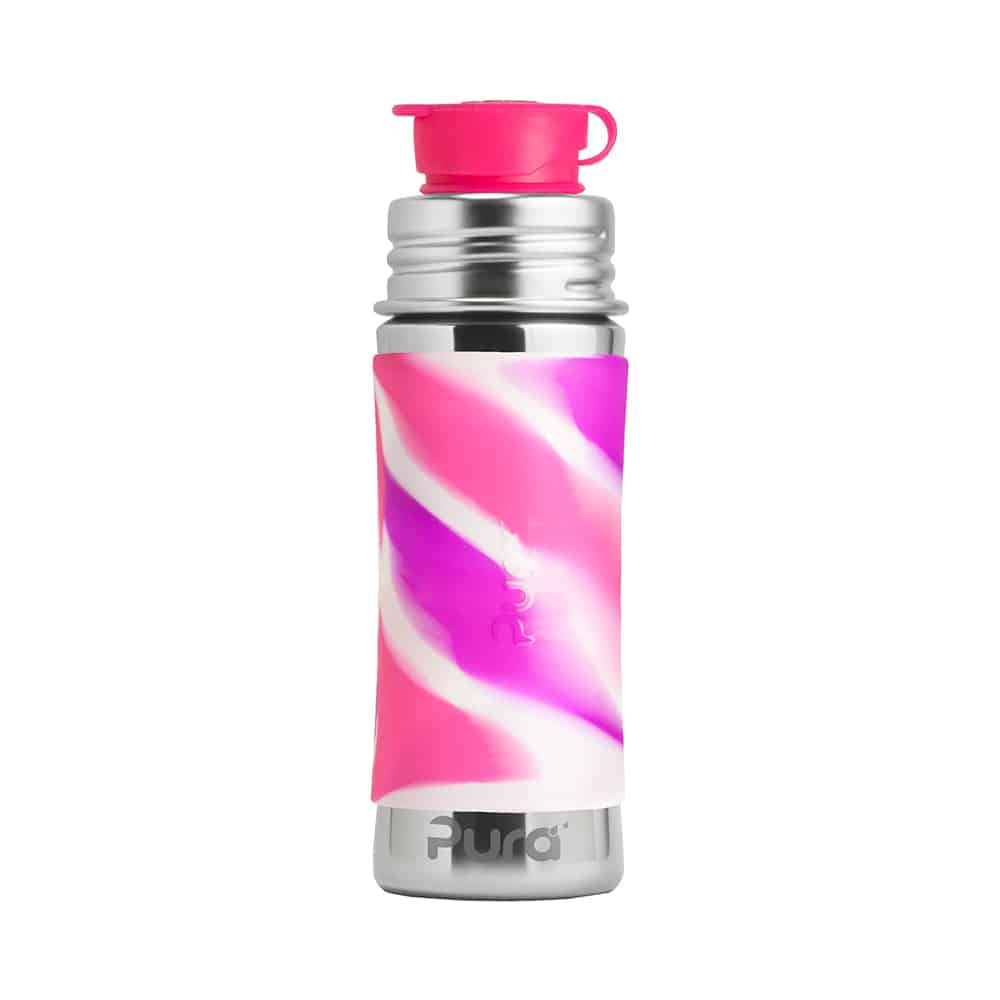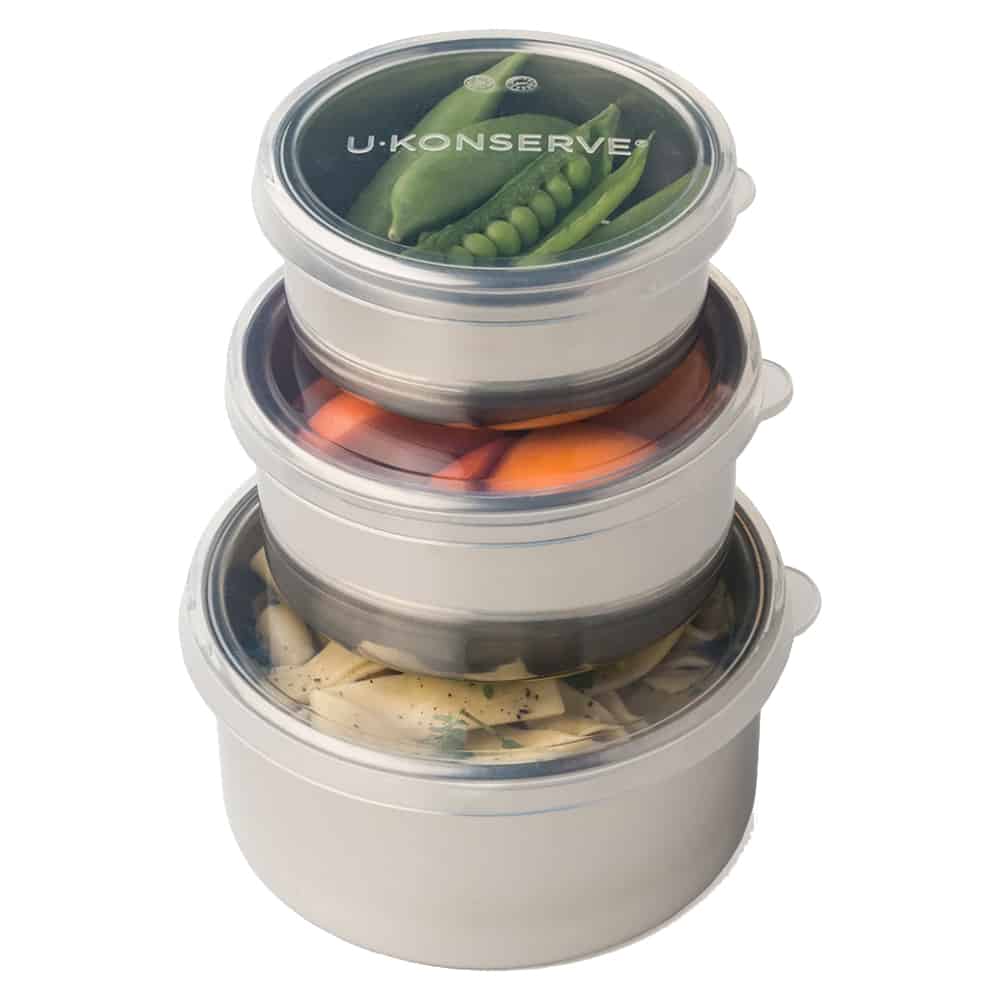Non-Toxic School Supplies + Eco-Friendly Picks
It’s time for back-to-school shopping! From markers to erasers to backpacks to pencil cases and beyond, send your child to school with safer school supplies that don’t contain any harmful chemicals. Stock up on non-toxic school supplies with this safe school supply list. Most of the products are also eco-friendly!

Disclosure: This post contains affiliate links, which means if you make a purchase through these links, we may receive a small commission at no extra cost to you.
With back-to-school right around the corner, it’s time to look at your school supply list and start stocking the shopping cart with everything your kids will need for the year ahead. But before you get shopping, consider that some studies have found harmful chemicals in some of the school supplies being sold to school-age children.
- A 2012 study by the Center For Health, Environment and Justice (CHEJ) found high levels of phthalates in children’s back to school products, including backpacks, lunchboxes, and 3-ring binders. Phthalates are used to soften plastic, including vinyl, and they can off-gas and leach from the plastic onto hands.
- In a study conducted by U.S. PIRG, a public interest group, 27 back-to-school products were tested, and 4 of those items were positive for harmful chemicals (asbestos, benzene and phthalates).
- Researchers in a Chinese study tested 62 erasers and found that 21 contained phthalates. In 18 of the phthalate-positive erasers, the levels were well-above the current established safety standards.
Shiny plastic vinyl pencil cases and scented erasers are two products that contain PVC and phthalates, which can disrupt the endocrine system and have been linked to adverse health effects. Check the list below and make sure none of the harmful chemicals are in your child’s school supplies.
What Chemicals To Avoid In School Supplies:
- Phthalates– Phthalates are a class of chemicals used in consumer products to make plastic and PVC soft and pliable, and they are also used as carrier oils for scented products, like scented school supplies (kid-friendly scented pencils, pens, and erasers to name a few). Phthalates are established endocrine disruptors that are linked to adverse health issues. A 2018 review found that current human exposure to phthalates may have effects on the male reproductive system (1), and a 2021 study links phthalate exposure in children to cognitive impairment, hyperactivity, and anxiety and depressive behaviors (2).
- PFAS– PFAS, short for Per- and polyfluoroalkyl substances, is a class of fluorinated chemicals that have water repellant, nonstick and stain resistant properties. PFAS has been linked to certain types of cancer, as well as thyroid disease, obesity, weakened immunity and other health problems- these chemicals stay in our bodies and persist in the environment for a very long time (3).
- Microban– Microban is a proprietary mix of chemicals that may contain Triclosan, an endocrine-disrupting chemical that can cause bacterial resistance. Microban is engineered to protect products from bacteria, mold and in some cases algae that can cause stains, odors and product deterioration. Microban is not designed to protect users from disease-causing microorganisms.
- BPA, BPS and BPF– PVC may also contain traces of the endocrine-disrupting chemical Bisphenol-A (BPA). BPA is an endocrine disrupting chemical that interacts with hormones in the body. Plastic containers labeled “BPA-free” may contain other bisphenols, such as BPS or BPF, which have the same harmful properties as BPA.
- PVC– PVC (aka Polyvinyl Chloride or vinyl) is a flexible plastic used widely in kids lunch gear. It can contain harmful chemicals like lead, phthalates and BPA/BPS. PVC has been linked with adverse health issues like asthma, learning disabilities, reproductive problems and cancer.
- Lead- Lead is a stabilizer in polyvinyl chloride (PVC) and has been detected on the interior and exterior linings of lunchboxes. Lead can be wiped off and transferred onto children’s hands and food. Lead is a neurotoxin that has an adverse effect on a child’s developing brain and nervous system (4).
- Solvents in markers– Solvents off-gas and evaporate as the product is used, and kids may breathe in the fumes. Many dry erase markers and permanent markers contain benzene, xylene or other solvents, which cause neurotoxicity in children (5).
Are you looking for non-toxic school supplies for your kids? I created a shopping list with everything your kids need to head back to school, minus the harmful chemicals. This list has recommendations for PVC-free, lead-free, phthalate-free, asbestos-free, solvent-free school supplies that you’ll feel good about buying. The best part is that most of the products are also eco-friendly! Give your kids the best start with non-toxic school supplies!

Markers
- What to avoid: Permanent markers and dry erase markers that are not water-based, and ones that are scented (like fruity-smelling markers). U.S. PIRG detected solvents in EXPO scented and The Board Dudes dry erase markers.
- What to look for: Water-based markers
- Markers to Buy: Kid Made Modern Washable Markers, Crayola Washable Markers, OMY Felt Markers, Mod Washable Paint Sticks, Crayola Washable Dry Erase Markers.

Pencils and Colored Pencils
- What to Avoid: Glossy, coated and scented pencils (fruity-scents are added to some of these products).
- What to Look For: Wooden pencils made from sustainable wood. For pens, look for recycled and eco-friendly refillable pens.
- Pencils to Buy: Ticonderoga Pencils, Onyx and Green Colored Pencils, Zebra Stainless Steel Mechanical Pencil, Onyx and Green Bamboo Mechanical Pencil, Stubby Pencil Highlighters

Erasers
- What to Avoid: Erasers that contain phthalates and PVCs (most of these are not labelled as containing PVC and phthalates), erasers that are scented. In a Taiwanese study on phthalates and erasers, the researchers concluded that there was not enough data to correlate eraser color with the addition of phthalates – don’t assume that because your eraser is a certain color, it is free from phthalates. My recommendation is to buy erasers from a reputable brand that clearly states on the package that is PVC or phthalate free.
- What to look for: PVC-free, phthalate-free and non-toxic erasers
- Erasers to Buy: Faber-Castell, Tombow Sand Eraser, Flomo Eco Erasers, Staedtler Eraser
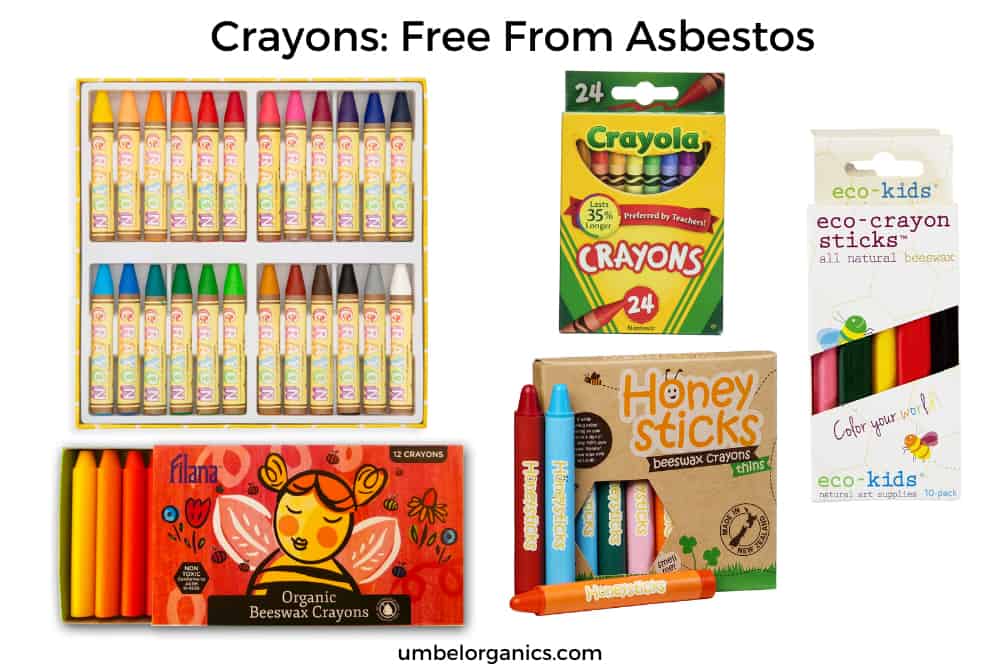
Crayons
- What to Avoid: Super low-cost crayons and scented crayons. One study found that Playskool Crayons purchased from a dollar store contained detectable levels of asbestos. Asbestos is a known carcinogen, causing lung cancer and COPD. Surprisingly, trace amounts of asbestos (under 1%) are allowed in some products, including crayons. Repeated exposure to these small amounts is very concerning.
- What to Look For: Crayons made of natural waxes and mineral pigments will not contain asbestos. Eco-friendly crayons are made of beeswax – a renewable resource. Crayola crayons are not toxic, but if you’re looking for eco-friendly crayons, you may want to choose beeswax. Crayola Crayons contain paraffin wax, which is derived from petroleum, a non-renewable resource.
- Crayons to Buy: Filana Beeswax Crayons, Ooly Beeswax Crayons, Honeysticks Beeswax Crayons, Eco-Kids Crayons, Crayola Crayons

Binders
- What to Avoid: Binders with soft plastic covers that contain phthalates. Not all plastic-covered binders that were tested contain phthalates (Avery is one brand that doesn’t contain phthalates. It is made with polypropylene, with poly#5 in the recycling triangle.)
- What to Look For: Binders made with or covered with natural fibers like book cloth or paperboard.
- Binders to Buy: Book Cloth 3-Ring Binder, Paperboard Binder, Kraft Binder

Paper
- What to Avoid: Chlorine bleached paper products – paper mills using chlorine release trillions of gallons of wastewater that contaminate the air, water and environment.
- What to Look For: Unbleached, processed chlorine free (PCF) recycled paper and paper products. Look for a high content of post-consumer waste (PCW) recycled material.
- Paper to Buy: Printworks Recycled Copy Paper, Mead Recycled College Ruled Notebook Paper, Recycled Graphing Paper, Onyx And Green Sugarcane 3-Subject Notebook

Pencil Cases
- What to Avoid: Pencil cases with shiny, plasticky material, which are probably made with plastic or vinyl. They may contain phthalates.
- What to Look For: Pencil cases made of natural fibers like organic unbleached cotton, canvas, linen, hemp, or cork.
- Pencil Cases to Buy: Easthill Large Capacity Pencil Case, Heavy Canvas Pencil Case, Linen Pencil Case, and Large Canvas Pencil Case
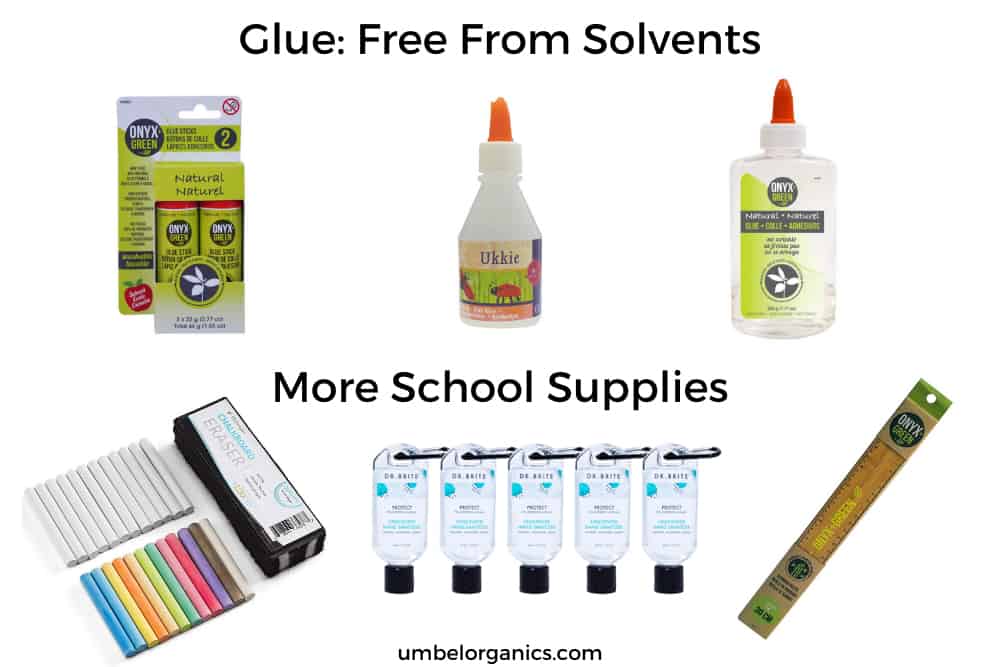
Glue + Other Accessories
- What to Avoid: Rubber cement, model glues, and epoxy are solvent-based and should be avoided. Fragrance in hand sanitizer contains phthalates, and rulers that are plastic may also contain phthalates, so look for alternatives.
- What to Look For: Water-based glue, scent-free or fragrance-free hand sanitizer, non-plastic rulers
- Glue to Buy: Ukkie Kids Glue, Onyx and Green Natural Glue Stick, Onyx And Green Glue
- Other Accessories to Buy: Kedudes Dustless Chalk, Dr. Brite Keychain Hand Sanitizer, Onyx and Green Bamboo Ruler

Backpacks
- What to Avoid: Shiny, plasticky-feeling material that is probably made with vinyl, and may contain PVC, phthalates and lead. Stay away from backpacks with a #3 recycling code. Waterproof backpacks may contain the forever chemical PFAS.
- What to Look For: Backpacks made from eco-friendly canvas, cotton, linen, or hemp; if you go with synthetic material, look for nylon and polyester fibers.
- Backpacks to Buy: Petit Collage Backpack, SoYoung Backpack, Terra Threads Backpack, Fjallraven Backpack, Jack Wolfskin Backpack

Lunch Gear
- What to Avoid– Lunchboxes made with PVC and lunchboxes that contain Microban. Plastic food storage containers, since plastic containers may leach chemicals into your food. Even plastic baggies may contain diethylhexyl adipate (DEHA), a potential endocrine disruptor and carcinogen (6).
- What to Look For– Stainless steel food storage containers, drink containers and bentos. Lunchboxes made without lead, Microban and PVC, preferably with natural fibers like cotton. Find more Stainless Steel Snack Container, Stainless Steel Thermos and Stainless Steel Water Bottles here. Find more lead-free, PVC-free and Phthalate-free lunchboxes here.
- Lunch Gear to Buy– Fluf, Klean Kanteen Water Bottle, Pura Water Bottle, Ukonserve Stainless Steel Lunch Containers
More Natural Living Inspiration For Kids
References
- Radke, E.G. et al. Phthalate exposure and male reproductive outcomes: A systematic review of the human epidemiological evidence. Environ Int. 2018 Dec;121(Pt 1):764-793.
https://www.ncbi.nlm.nih.gov/pubmed/30336412 - Stephanie M. Engel et al. “Neurotoxicity of Ortho-Phthalates: Recommendations for Critical Policy Reforms to Protect Brain Development in Children”, American Journal of Public Health 111, no. 4 (April 1, 2021): pp. 687-695.
https://doi.org/10.2105/AJPH.2020.306014 - Nicole, W. PFOA and Cancer in a Highly Exposed Community: New Findings from the C8 Science Panel. Environ Health Perspect. 2013 Nov-Dec; 121(11-12): A340.
https://www.ncbi.nlm.nih.gov/pmc/articles/PMC3855507/ - Canfield, R L et al. “Environmental lead exposure and children’s cognitive function.” Rivista italiana di pediatria = The Italian journal of pediatrics vol. 31,6 (2005): 293-300.
https://www.ncbi.nlm.nih.gov/pmc/articles/PMC4675165/ - Dick, F D. “Solvent neurotoxicity.” Occupational and environmental medicine vol. 63,3 (2006): 221-6, 179. doi:10.1136/oem.2005.022400
https://www.ncbi.nlm.nih.gov/pmc/articles/PMC2078137/ - Department of Environmental Health Risk Science Center, University of Cincinnati. Toxicity Review for Bis(2-ethylhexyl) Adipate (DEHA). Aug. 8, 2018.
https://www.cpsc.gov/s3fs-public/Toxicity%20Review%20of%20DEHA.pdf?TSiSSb20aUy68dV0qk1AllBUrIaPFSaE



